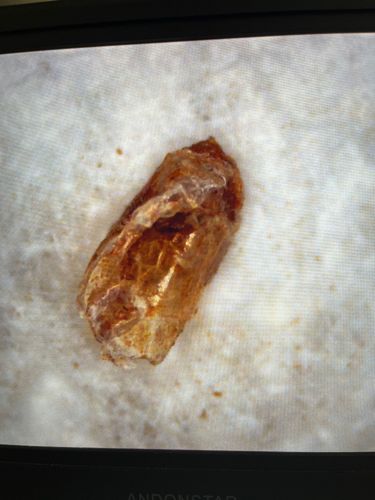Cockroach Ootheca
Scientific Name: Blattodea (Order)
Order & Family: Blattodea (Order), various families (e.g., Blattidae, Ectobiidae)
Size: Varies by species, but generally 4-15 mm (0.16-0.6 inches) in length.

Natural Habitat
Oothecas are often found in concealed, warm, humid, and dark places such as cracks, crevices, behind appliances, in cabinets, under sinks, or in basements. They are typically laid in areas where adult cockroaches are active.
Diet & Feeding
Cockroach oothecas do not feed themselves. They contain developing cockroach embryos. The adult female cockroach, which produces the ootheca, is an omnivore, feeding on a wide variety of organic matter, including food scraps, decaying matter, starches, sweets, meats, and even non-food items like glue or paper.
Behavior Patterns
An ootheca is a hardened egg case produced by female cockroaches to protect their eggs. The female typically carries the ootheca for some time before depositing it in a safe location. The number of eggs and incubation period vary by species. After incubation, nymphs emerge from the ootheca and begin their development into adult cockroaches. The empty ootheca is often left behind.
Risks & Benefits
Risks: Cockroaches are considered pests. Their oothecas indicate a present or past infestation. Cockroaches can carry and transmit various pathogens, cause allergic reactions, and contaminate food and surfaces. They are a sign of poor hygiene and can lead to structural damage in severe infestations. Benefits: None for humans; in natural ecosystems, they play a minor role as decomposers.
Identified on: 11/11/2025